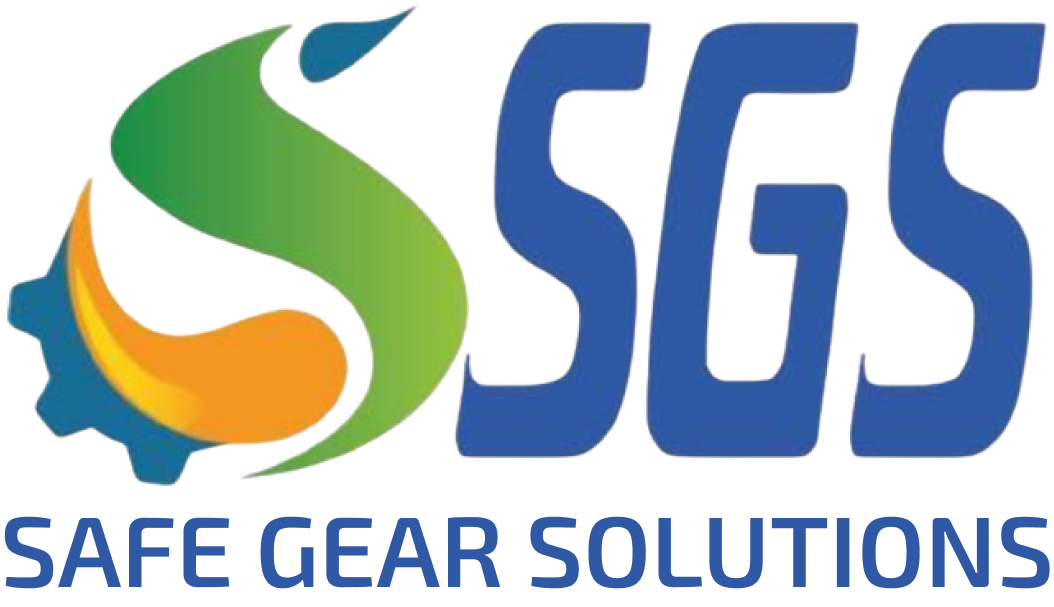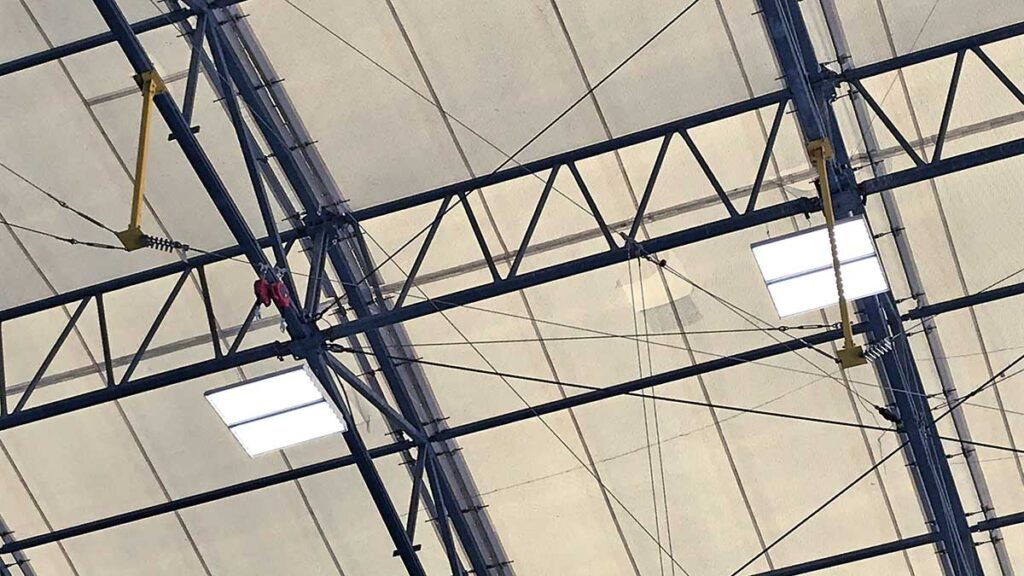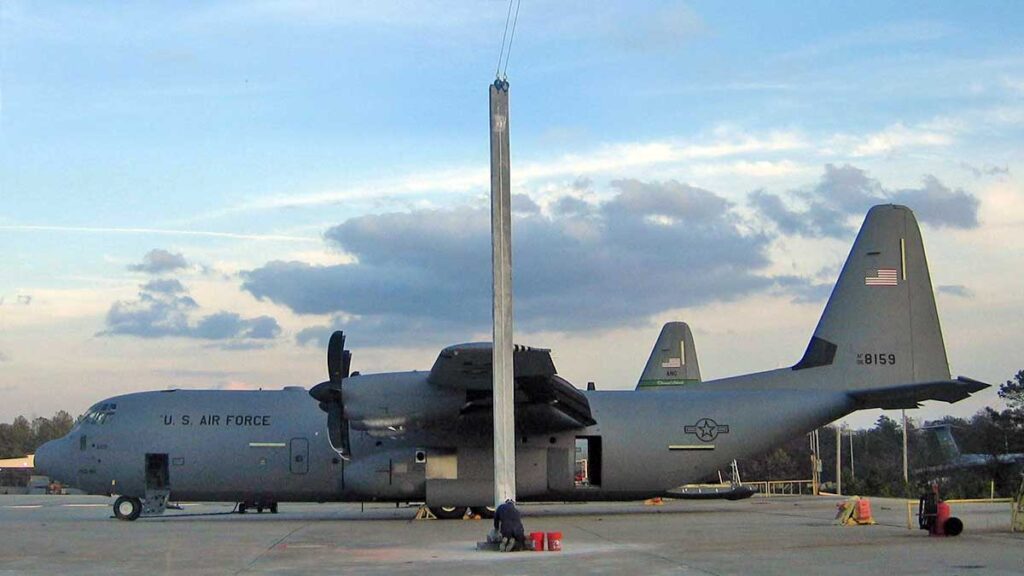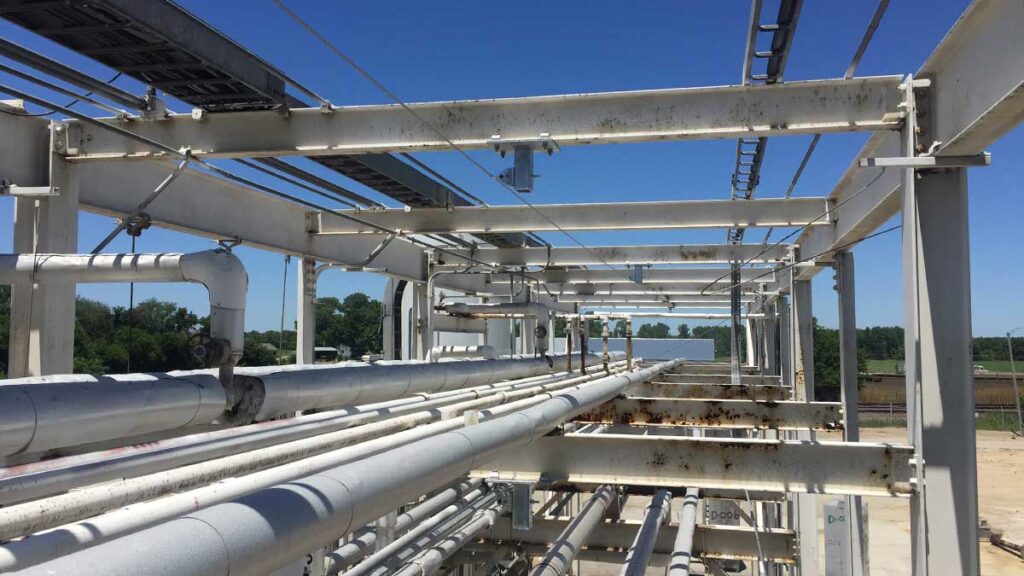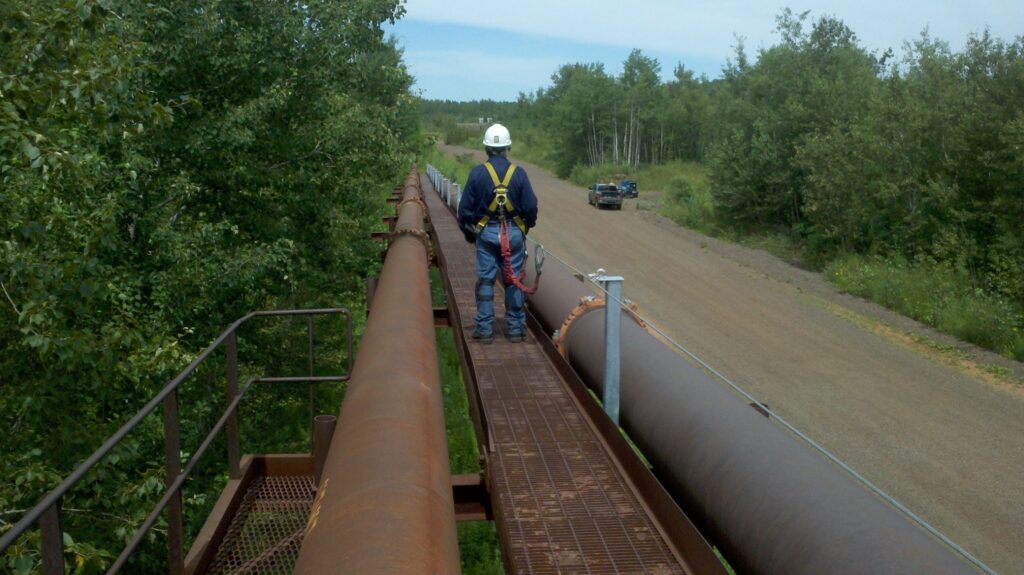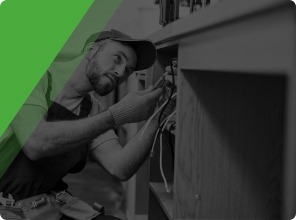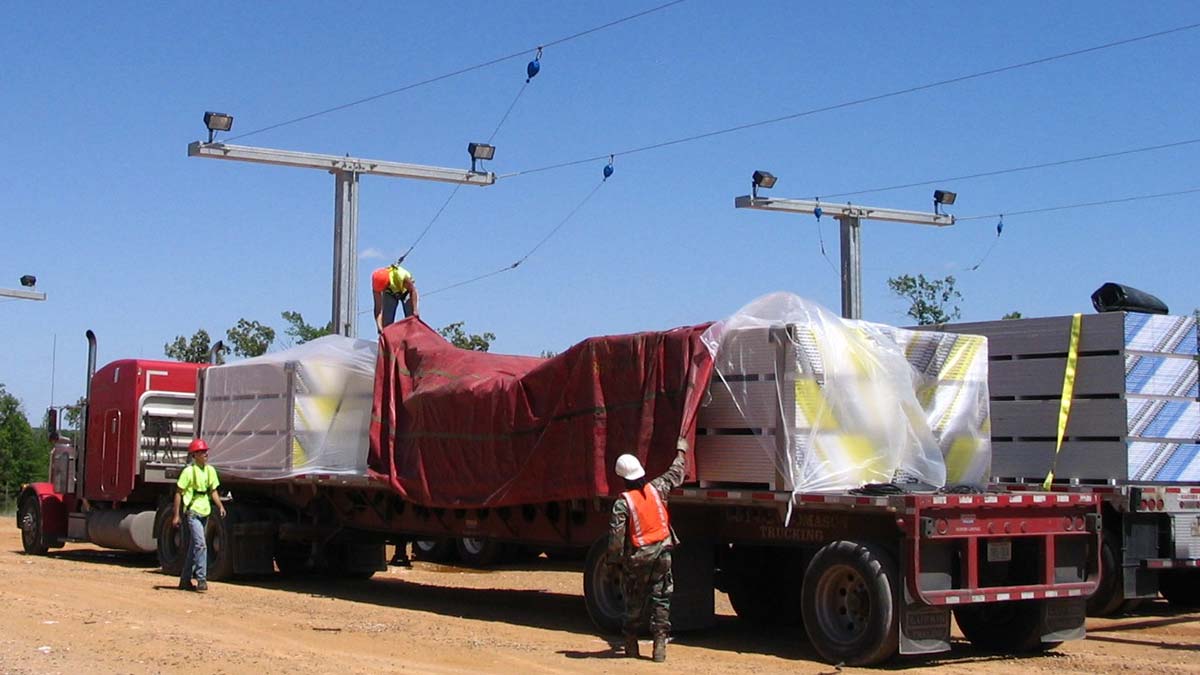
Cable-Based Overhead Life Line
Cable-based overhead lifeline systems are advanced fall protection solutions designed to provide continuous safety for workers operating at heights. These systems use a high-strength steel cable anchored securely overhead, allowing workers to move freely along the length of the lifeline while remaining protected. Ideal for environments where workers are exposed to vertical or overhead hazards, such as in warehouses, maintenance facilities, and industrial sites, cable-based lifelines ensure comprehensive safety without restricting movement.
One key advantage of these lifelines is their ability to support multiple users simultaneously, maintaining safety while optimizing workflow. Equipped with energy-absorbing technology, these systems can minimize the force exerted on the lifeline and the anchorage points in the event of a fall, enhancing both worker safety and structural integrity.
Cable-based overhead lifelines are also customizable, able to fit a range of building structures and environmental conditions. Whether installed indoors or outdoors, they’re designed to withstand harsh weather and industrial environments, making them a reliable choice for any facility where overhead fall protection is essential.
Why Choose us
- Highest Safety Standards: Compliance with global safety regulations for maximum worker protection.
- Expert Engineering & Customization: Tailored lifeline systems to meet unique facility needs.
- Quality Materials: Durable, weather-resistant materials for long-term reliability.
- Innovative Technology: Energy-absorbing systems reduce impact forces, protecting both workers and structures.
- Comprehensive Support: End-to-end services from consultation to maintenance for seamless operation.
- Multi-User Efficiency: Supports multiple workers simultaneously, enhancing productivity and safety.
The best approach is one that follows a systematic way of reviewing needs and working
according to the following path to implement a solution. All too often, people jump right into
tying off. However, there are many options to choose from that protect a worker by eliminating
or controlling fall hazards
#1 Eliminate the Hazard
Elimination or substitution of the unsafe work routines is a method that
ANSI and OSHA both designate as the preferred way to address fall
hazards. Furthermore, legislation requires employers do everything in
their power to eliminate hazardous work from their operations.
“Designing out the risk” can involve changes to procedures, redesigning the work process, or
relocating the work area. When people must work at height and it’s not feasible or cost
effective to eliminate or substitute the hazard, we must move one rung down in the hierarchy
#2 Guard the Hazard
Passive fall protection often looks like barriers such as guardrail, parapet,
handrails and self-closing gates or a combination thereof. One major
benefit to this level of fall protection is ease of use…limited to no user
training is required. If passive fall protection cannot be implemented
effectively active systems must be considered.
#3 Prevent the Fall
Active restraint systems or “tie off” typically relies on a specially designed
harness and lanyard and a lifeline system positioned a set distance,
usually 15’ away from a leading edge. They restrict movement or body
positioning making it impossible for the worker to reach the hazard. These systems require
some level of user training but are usually easy to use and understand. When an active restraint
system prevents a worker from completing a task, we move to considering an active arrest
system.
#4 Catch the Fall
Systems that are engineered to provide active arrest fall protection give
users a free range of motion to accomplish their work at height. They do
not prevent falls. They prevent landings by arresting a worker in freefall.
Workers do not make contact with a lower level, object below the at height working surface, or
the ground. Injuries can still be sustained. The reason this is less preferred should be obvious.
However, many owners of active arrest systems overlook the complexities of these systems.
Worker training and competency including an effective Rescue Plan (what to do in the event of an
arrest) that enables the worker to be lowered in under 15 minuets is critical
#5 Warn Workers
Administrative Controls merely bring awareness to the hazard through warning signs or demarcation
systems. They are the least reliable form of Fall Protection because the hazard is still present and
unguarded. Safety relies on workers paying attention, following safety protocol and using
approved behaviors. However, under certain circumstances Administrative Controls that are
properly enforced and accepted by the worker can be all that is required.
Get In Touch
-
C-12, Gulmohar Commercial Complex Sector-15, Noida
